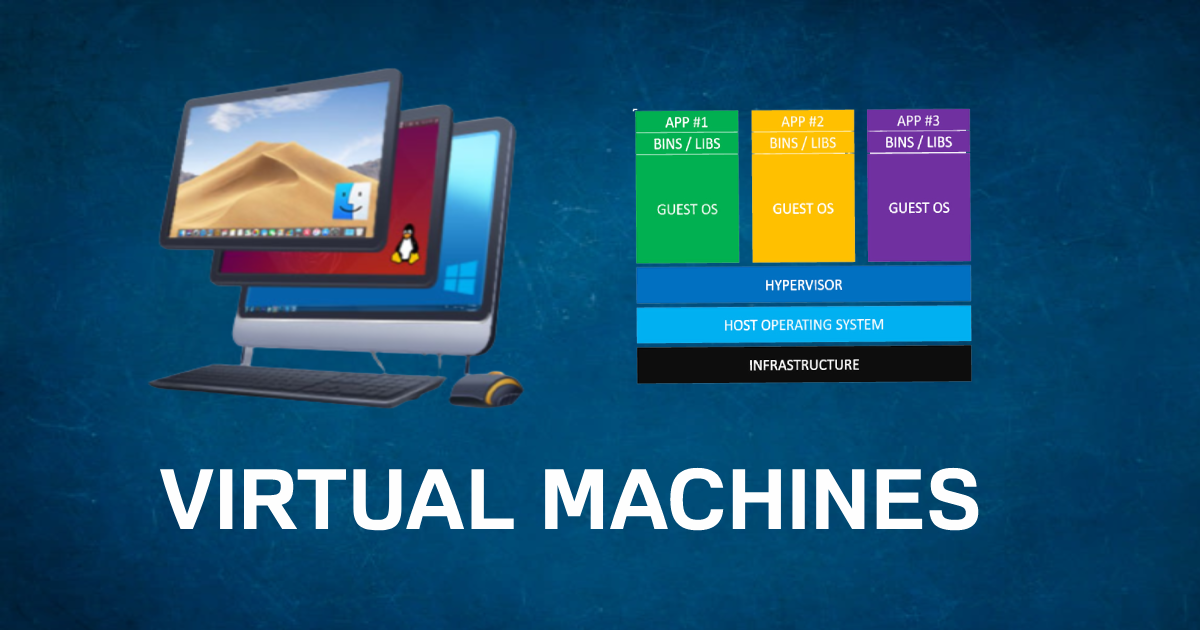
Virtual Machines (VM)
Prerequisites
Computer
The way I think of a computer is it's a machine that provides a platform for the (incredibly) quick and efficient calculation of math.
By translating human-native thoughts and problems into math, computers provide real-world utility.
Early Computers
A computer is a physical object; it is made up of real materials, it actually moves electricity through circuits, and makes real changes in its physical state as it functions.
Development on physical computers must account for all of this.
Punched-Card Computing
If you go back to VERY early computing, you can visibly see this.
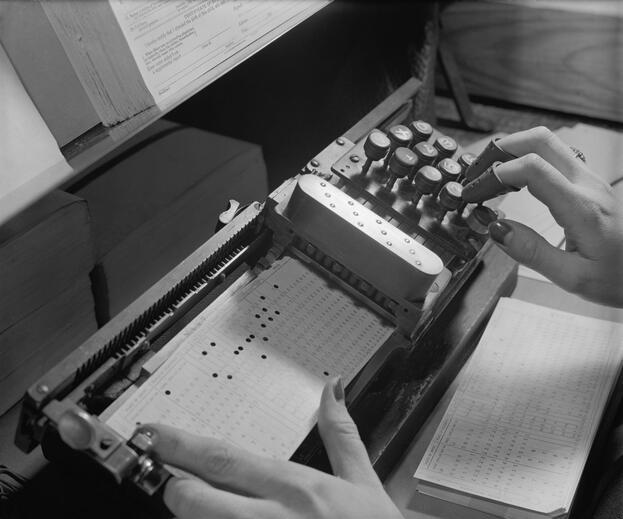

The first computers used punched cards for input, output and storage. The physical location of a hole on a piece of paper would represent computational data.
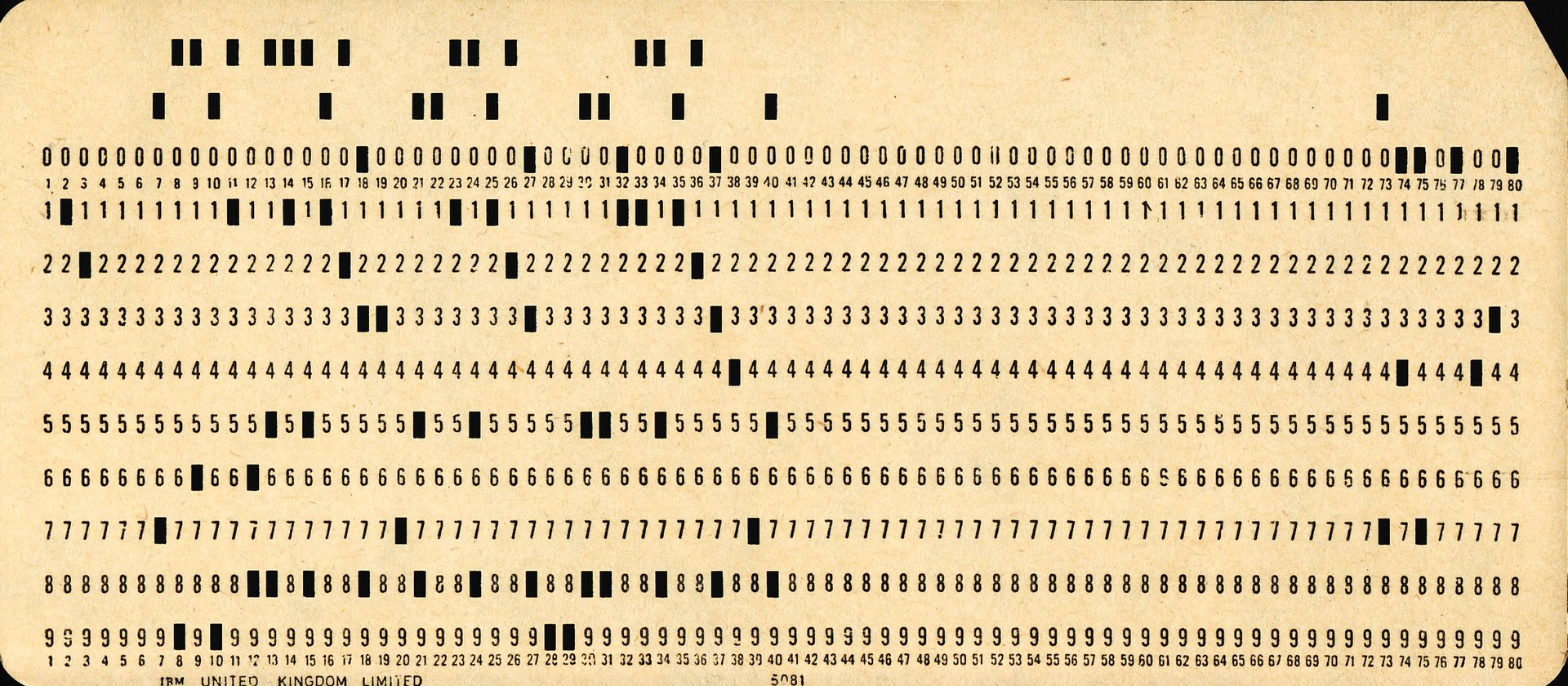
- First, a developer would phrase a question that could be represented by math (in these early days, often it was just... simple math like addition or multiplication).
- They would make a hole at the spot that marked the correct number or operation and insert the card into the computer.
- The computer would be designed with the specific card in mind, and so would know which number/operation that every hole corresponds to.
- It processed the card, translating the expression punched into paper into machine language and building the model imprinted on the card.
- Once the model has been constructed, the computer can then evaluate it (much more quickly and precisely than a human could, even back in those times).
- Finally, the computer communicates the results by punching new holes into the card (or a new card).
This was the essence of early computing: humans wanted answers that computers had, but they didn't speak the same language.
Punched cards act as the interface between the two, providing a shared language by which both parties can communicate.
Specific Development
While groundbreaking for its time, this system has some severe drawbacks. We'll skip passed most of them, we're here for one in particular:
Programs created for punched card computers were INCREDIBLY specific to the individual machine they were created for.
Here's an example: Imagine you want to represent the number 22 for a punched card application.
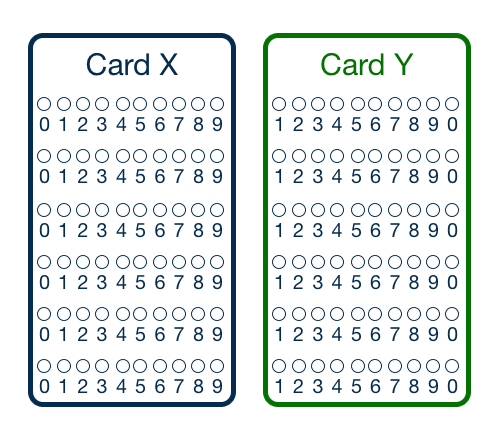
If the computer accepts cards in the format X, you will punch:
--X-------
--X-------
If you feed that card into a format Y machine, it will read the same input as 33.
Abstraction
So let's recap: a developer was not only responsible for translating a real world problem into a mathematical statement, he also had to manage all the peculiarities of each machine he was working with. Any innovation on one machine had to be recreated on another.
To cut to the punchline, the solution was abstraction.
Developers were removed further and further from the concerns of the hardware with the development of high-level languages like BASIC and C++. The target of a high-level language is not a computer, it is a compiler/interpreter, programs that translates one language into another.
Developers can write code in a language that expresses information in a human-digestible format and interpreters will do the rest.
Interpretation
Let's say a developer wants to write a program that prints "Hello World."
In a punched card system, the developer would have worry about specific measurements, machines and holes.
In an abstracted system, the interpreter takes care of 99% of the work. This is all it takes:
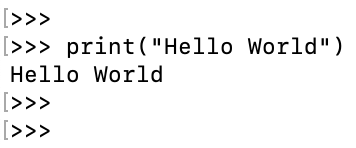
But here's the thing... there's an ENORMOUS difference between 99% and 100%. Suffice to say that every dev is thinking about the machine specs and operating systems of their users.
Fortunately, we don't have to stop at this layer.
Virtual Computing
High-level code still gives developers exposure to the machine, so we'll abstract it away. We'll create a Virtual Machine (VM).
A VM is a piece of software that emulates a complete (and enclosed) computer system within another computing environment.
Consumer Virtualization
The best example is the one you can see; take a look at the Parallels app.
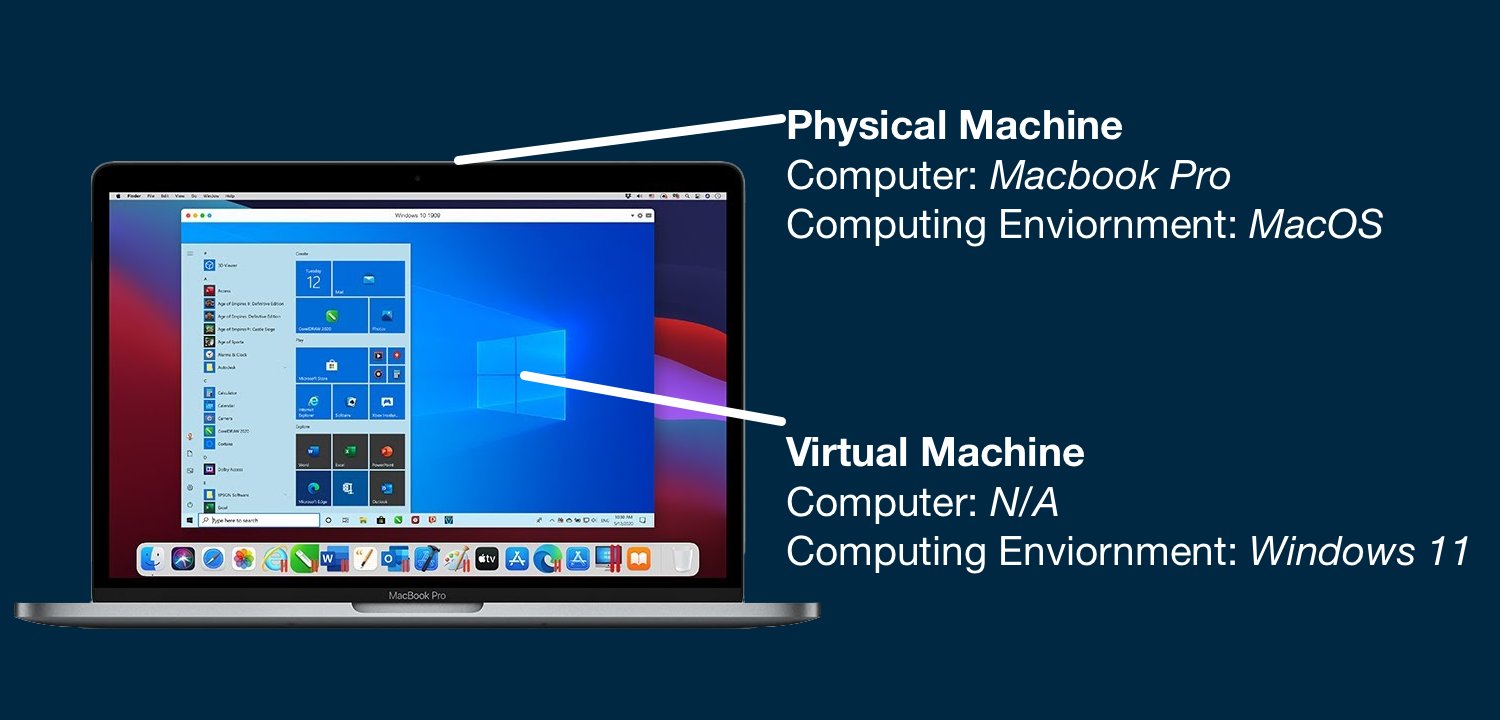
Parallels runs on Apple computers in the MacOS environment. Once installed, it allows the user to run a copy of Windows entirely within MacOS/their Apple computer.
The example above is a little bit of a red herring; when most people see Windows-on-Mac the reaction is "I guess you can play games on Mac."
The VMs we care about don't look like this, it's just a great illustration.
The VMs we care about don't look like anything.
Java virtual machine (JVM)
While not the first, the most famous early VM is Java.
Java provided a fully capable computing environment that anyone could develop on. Every instance of Java would support the exact same features; it is up to the computer to support Java (well... it's mutual).
When a developer wants to deploy a feature, he only needs to worry if Java will support it.
If it does, he can be confident that it will run on every computer that can run the Java VM.
If anyone's counting, there were 38 billion instances of the JVM...
...in 2017.
Behind-the-Scenes
In practice, VMs are not needed for most apps. Most consumers will barely touch a VM, those that do probably wont notice.
Their importance becomes much more clear behind the scenes, especially in infrastructure, corporate development and other large-scale projects.
Virtual Coordination
We began our story in the era of punched cards; back then there were like 500 computers TOTAL and even then the complexity was a nightmare.
In 2022, things are many orders of magnitude more complex with near endless variations in the machines we call computers.
Abstraction is so powerful because it frees devs from worrying about the entire system; they can focus on the part that best allows them to express the question they are trying to ask.
VMs are the conclusion of computational abstraction; a computer within a computer.
A parting thought:
A computer within a computer means that we can all exist in the same computing environment, but (usually) just locally. What if we wanted to exist in the same actual environment... like literally 1 VM?
What if we wanted to do it trustlessly?
Resources
Source Material - Twitter Link